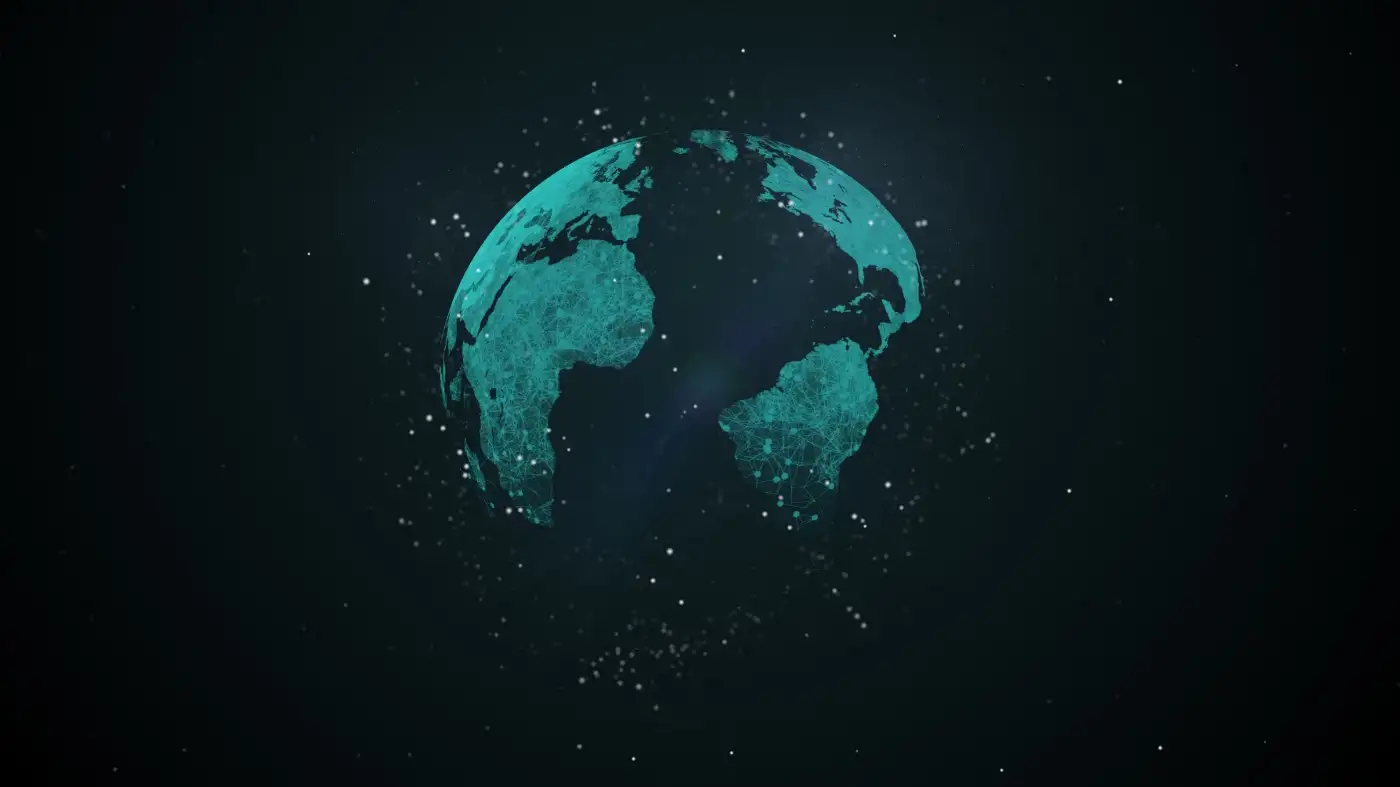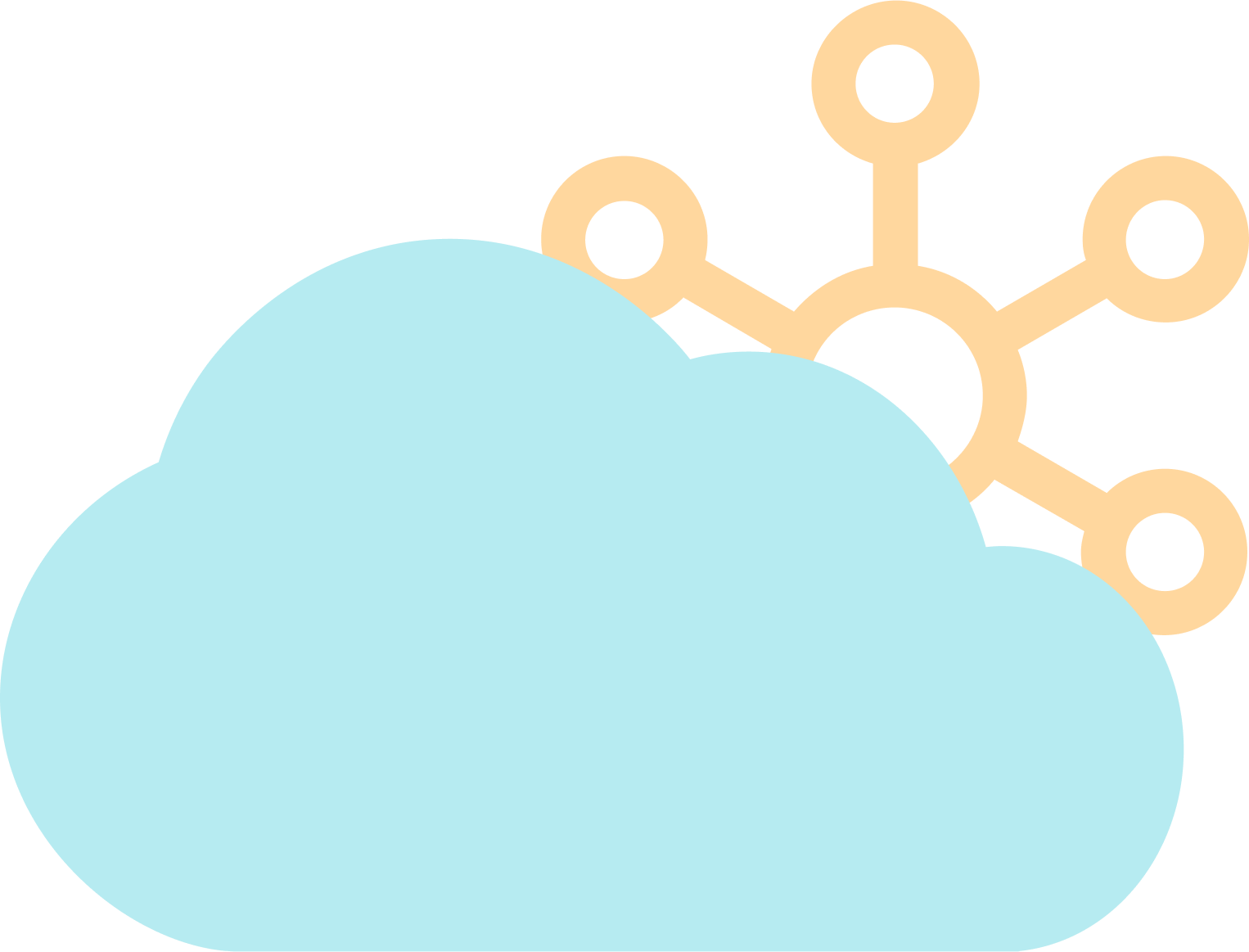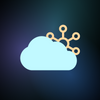Unique Applications of Decentralized Climate Data

By Misha Patel, dClimate Ambassador
When you think of “climate data”, you probably think about data regarding long-term weather patterns. However, weather data is only a fraction of information considered under the “climate data” umbrella. Climate data refers to a diverse set of data representing the entire terrestrial biome including crop output, forest biomass, soil health, soil moisture, carbon emissions, disease transmission and more. These data have the potential to reveal solutions for the climate crisis, advance climate change mitigation and adaptation, and detect vulnerabilities in the future. Climate data is essential for businesses and governments to plan for weather disasters but also to help build risk prevention tools such as weather insurance, catastrophe models and analytics.
For years, raw climate data has been expensive, confusing, and inaccessible to the end-user. Raw climate data is often found nested within governmental organizations, academia or weather stations in airports. These raw data are eventually released to the public via endpoints controlled by various global organizations such as NOAA, NASA or WMO. However, publicly available climate datasets may be complicated and confusing for non-experts and end users such as farmers or small business owners, forcing them to pay for expensive services that standardize data for them.
Decentralized climate data encourages low-cost climate data, improved climate data accuracy, increased accessibility and improved user-friendliness. Alongside governments and other global organizations, accessible and easy-to-use climate data gives autonomy to private companies, farmers, small business owners and others who may not have the resources to acquire these data themselves. Due to the diverse nature of climate data, it has many applications for many consumers. Though applications are endless, in this article, some unique applications and benefits of decentralized climate data, from agricultural genomics to infectious disease control, are discussed across different sectors.
Agriculture
By 2050, we will have to feed 11 billion people. Due to the rising population, there is a huge strain on the agricultural system, but this strain will only increase with predicted extreme weather patterns and global warming effects. Nonetheless, farmers and food providers can benefit from climate data in many ways. For instance, knowing the weather patterns for the next growing season can allow farmers to select crops that grow best in the predicted conditions. Accurate forecasts of upcoming droughts can help governments to prepare food assistance programs in advance. Decentralized climate data also makes information, such as soil types that optimize carbon sequestration in a particular area, easily available to smallholder farming systems which make up about 80% of the world’s farmers.
In a paper by de Souza et al., authors found that in order to respond to growing local crop needs impacted by climate change, farmers and breeders need a faster and smarter way to respond to changes. Authors found data-driven decentralization of agricultural data, increased prediction accuracy and improved crop varieties in a challenging crop production environment. The decentralized model was more accurate, cost-effective and simple compared to the previous centralized crop breeding model.
Disease Control
Climate change will greatly affect transmission and control of diseases. Many infectious diseases originate or depend on the environment for reproduction, spread or transportation. For instance, anthrax is a bacterial infection that happens when humans come in direct or indirect contact with an infected animal or water-source. Anthrax spores thrive in the warm conditions predicted with climate change, revealing a greater risk of disease in the future. Another example is malaria, which spreads through a mosquito vector. Mosquito populations are predicted to increase and spread in range as temperatures rise globally. With a larger population and habitat range of mosquitos, malaria is more likely to spread. Climate models and climate data can reveal areas with higher disease risk and thus focus control measures in those areas to prevent outbreak. Decentralized climate and weather data allows epidemiologists and disease specialists to predict/prevent future pandemics with more accurate and accessible data. It also allows health departments that lack staff trained in climate data/models, to use standardized and reliable data that is easy to understand.
Species and Habitat Conservation
Climate change is projected to alter the natural distribution of species and further drive loss of biodiversity. Conservation of species and habitats is critical to prevent biodiversity loss and maintain the health of our planet. In a paper by Tabor and Williams, 2010, authors discussed how climate data/models are a useful tool to assess climate change impacts on species distribution and biodiversity. Authors also highlighted some gaps in climate data that needed to be resolved quickly to continue conservation efforts. Decentralized data have the potential to help fill in gaps in climate data for a more holistic picture. In turn, this could allow scientists, non-profits and conservationists to accurately guide conservation efforts where most needed.
Military and Defense
Climate change is also a national security issue. Natural disasters are often a life-or-death situation, it can displace you from your home or force you to migrate to another city. The military responds to these natural disaster events using their skills, services and resources to protect citizens. A future with climate change means the military and defense will have to improve preparation and response for weather-related disasters. Accurate climate data and forecasting can allow defense officials to allocate resources (helicopters, boats, food supplies and troops) where most needed prior to a natural disaster. If the defense sector lacks professionals that specialize in climate change; a decentralized climate change platform like dClimate could provide easy-to-understand, fast data to be used by the defense sector to make important decisions.
References
de Sousa, K., van Etten, J., Poland, J. et al. Data-driven decentralized breeding increases prediction accuracy in a challenging crop production environment. Commun Biol 4, 944 (2021). https://doi.org/10.1038/s42003-021-02463-w
J. A. Patz, A. K. Githeko, J. P. McCarty, S. et al. Climate change and infectious disease. WHO 6, 103. Pg 001–017 (who.int)
U.S Department of Defense. Tackling the Climate Crisis. Tackling the Climate Crisis (defense.gov)
dClimate whitepaper. 02519a_9d94729200e543aa88dfabf0303e709a.pdf (filesusr.com)
About the Author:
Misha Patel is a dClimate Ambassador. She is masters student studying climate change at the University of Waterloo in Ontario, Canada with a background in Epidemiology. She is interested in One Health and predicting infectious disease behavior in relation to the impact of climate change. Outside of her academic studies, Misha is interested in FinTech, philosophy, hiking/mountaineering, vegan cuisine and living a sustainable lifestyle.
This is a contributor piece. The views of contributors are theirs alone and do not reflect the views of the dClimate team or its representatives.

